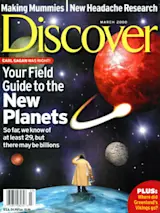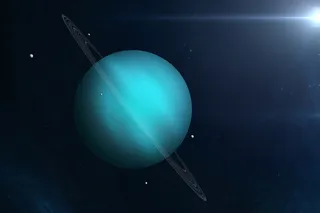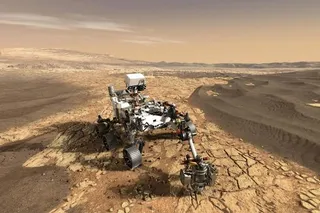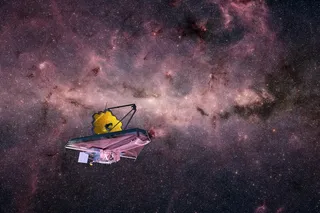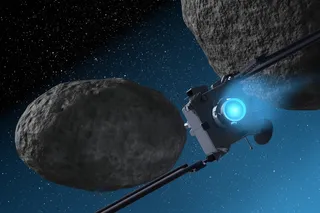The Intrepid Museum is impressive less for its interactive technology displays (top) than for the ship’s historic role in defense and scientific research. A bathysphere (below) was used to explore the deep ocean.
Have you ever longed to stand at the tactical center of a submarine designed to carry nuclear missiles, your hand mere inches from the switch that launches the goods? Unless you’re the leader of a world power or a remarkably successful terrorist, your only chance may be at New York City’s Intrepid Sea Air Space Museum. For 6 years, Growler, a navy sub launched in 1958, menaced America’s enemies with the threat of an imminent nuclear strike. Now her missile bays hold nothing more terrifying than a baker’s dozen tourists, freshened every quarter hour.
Perhaps for security reasons (lest some fiend hijack Growler downstream to city hall and launch the tourists at the mayor), the tour guide ...


